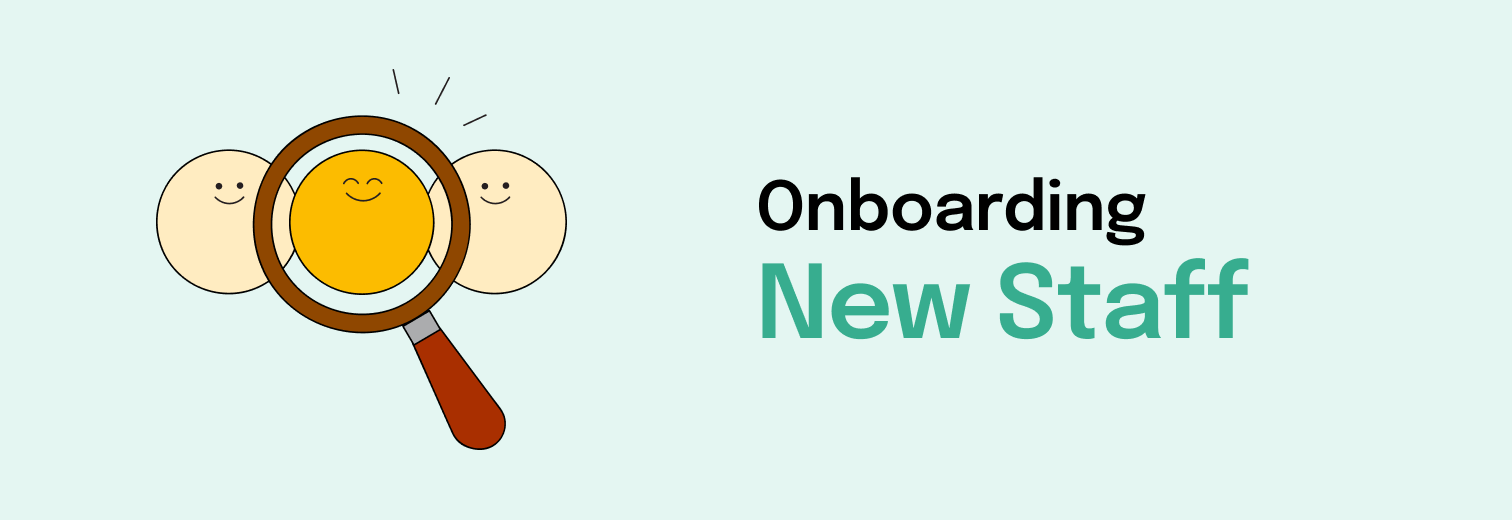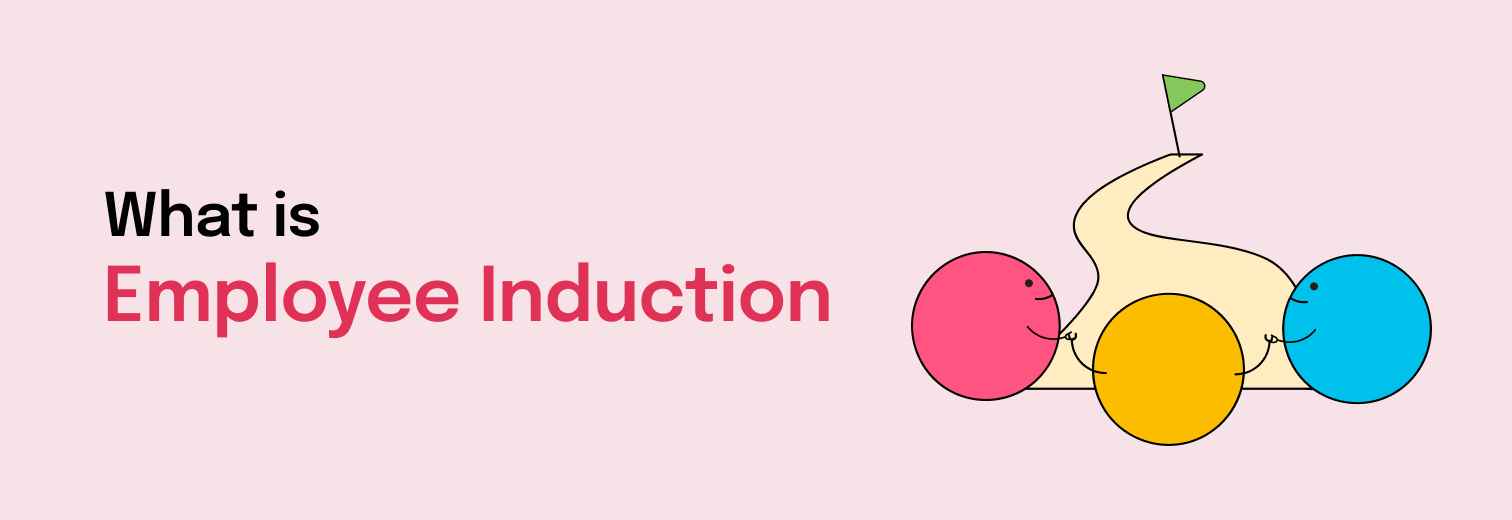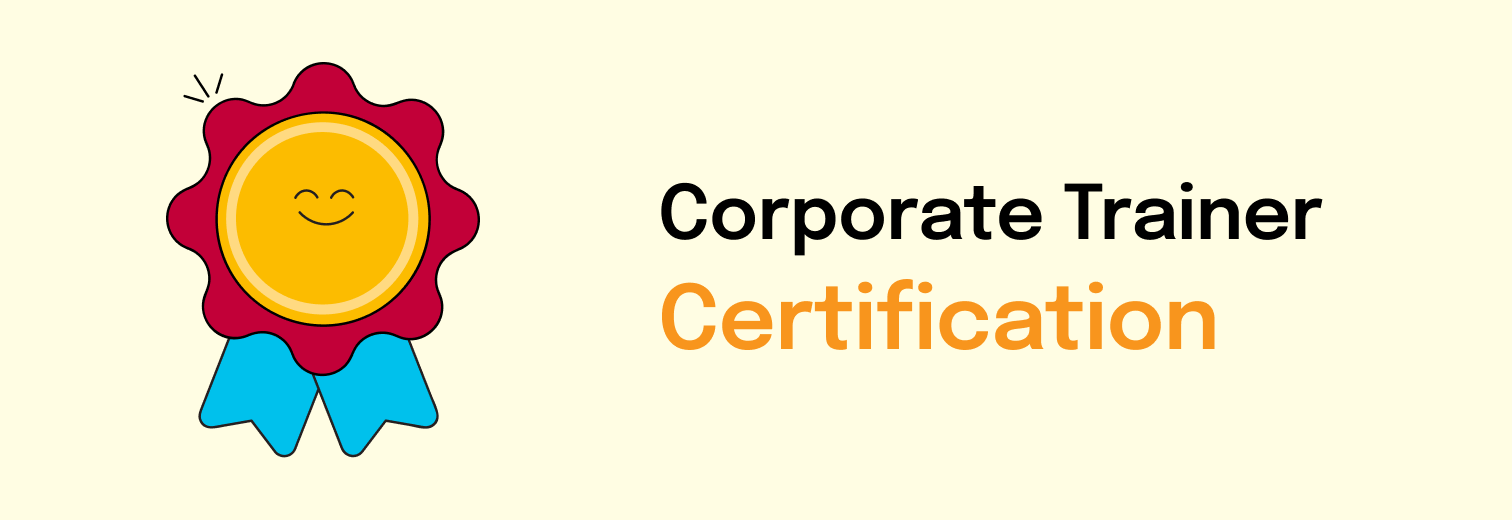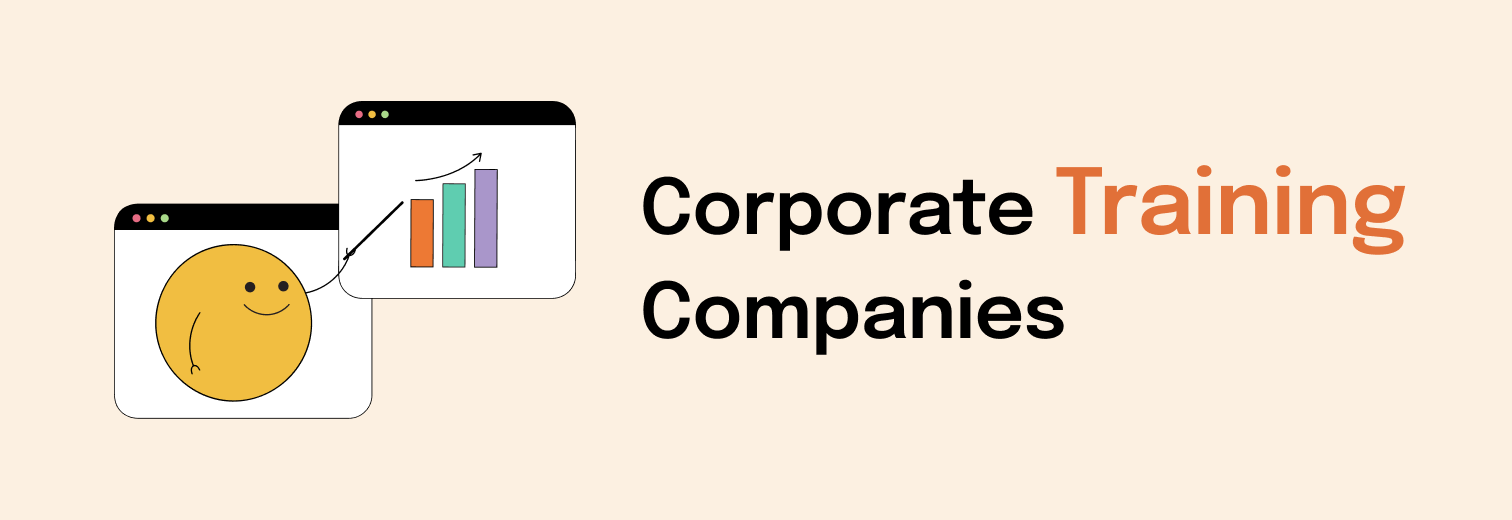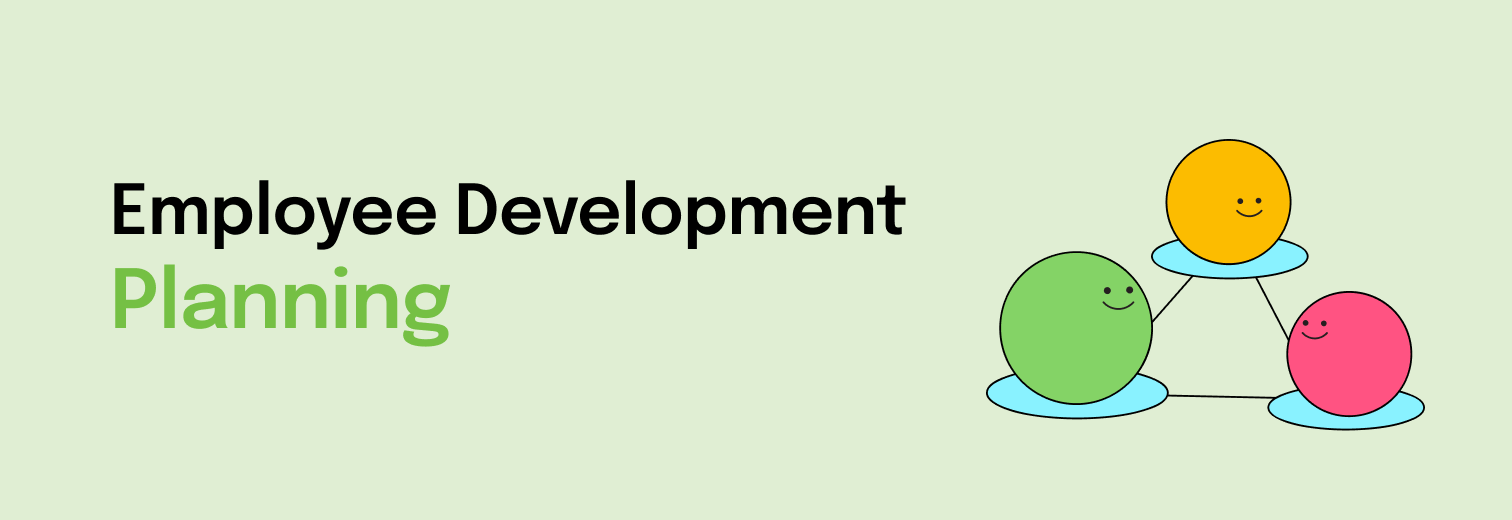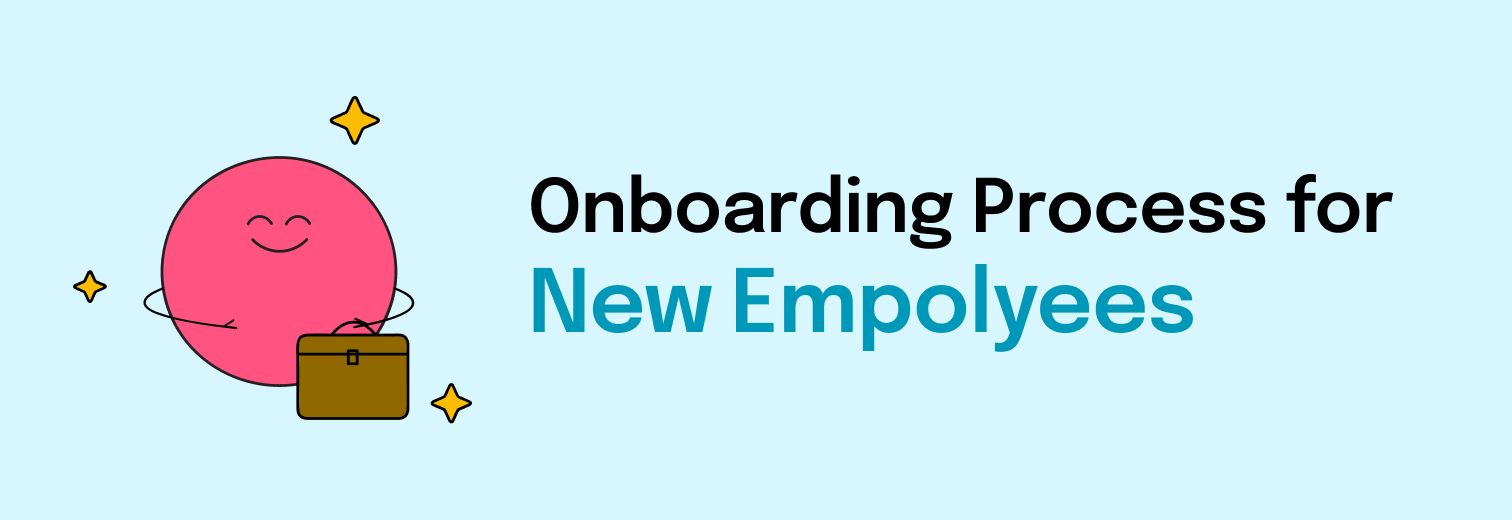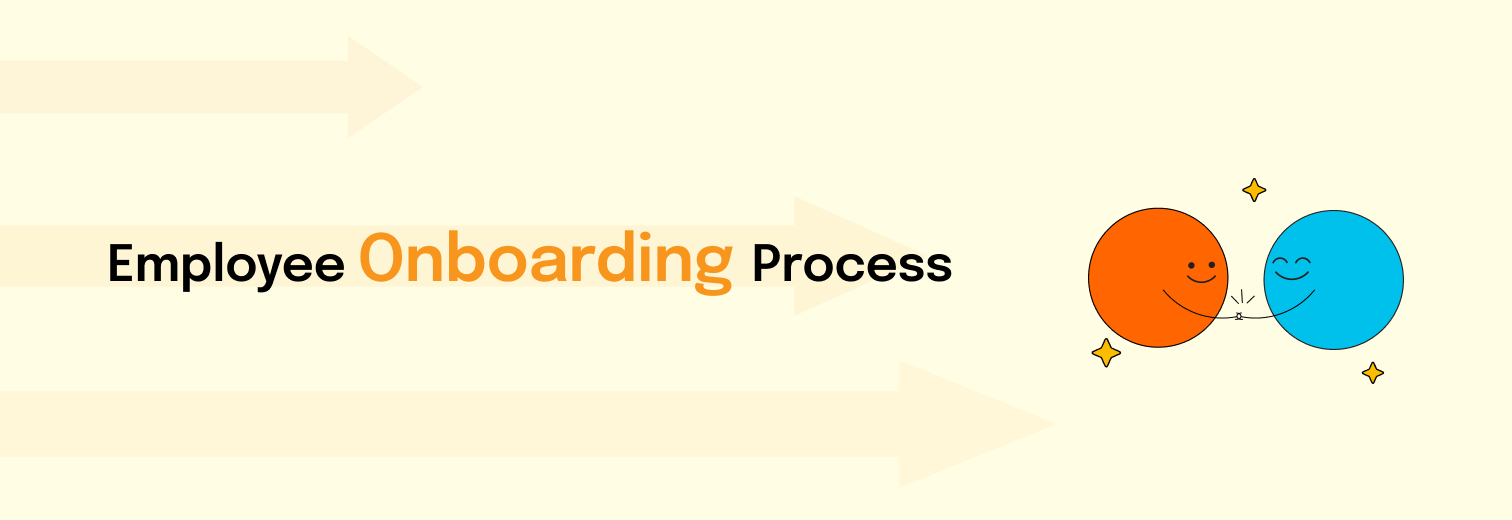One of the laments we get to hear from leaders and team members alike is about the number of unproductive meetings that they have to suffer through. Some of the concerns we hear include quotes like
- “I am not sure why we have such meetings!”
- “There was no specific agenda and it meandered all over the place?”
- “We never seem to achieve anything productive in these meetings.”
Basis our experience, here are 5 steps for more effective team meetings. I am a big fan of the guys who created Dilbert, they seem to have gotten the gist of corporate meetings in their comic strips better than most corporates, so you would see a liberal sprinkling of their strips in this post.
1) Purpose – Let us start with the fundamentals – what is the core purpose of having a meeting and its expected outcome? One leader shared that a lot of people he has worked with, have “meeting-mania” –an obsessive urge to have meetings for anything and everything.
Source: Pixabay
The first thing is to understand if a meeting is needed at all. We have not seen a single team or organization which has complained about having too few meetings! If some discussions can be closed out through phone/emails, avoid having a meeting for the sake of having a meeting. As an organizer, ask yourself the below questions.
- Do you have a core purpose for scheduling the meeting?
- Is an actual, physical meeting the only feasible option to address the core purpose?
- Do you have clear expected outcomes for the meeting?
If the answer to any of them is NO, your meeting is probably not going to be an effective one.
2) People – We have seen quite a few meetings fail due to the wrong people attending it! Ask yourself, who are the people without whom the meeting won’t work? The list that you come up should be the people who you finally invite for the meeting.
Source: Pixabay
In some team effectiveness interventions that we have facilitated, we see people sitting quietly in a corner and not contributing. When pushed to speak, they pipe up “I am not even part of the team, I was just asked to be here!” Participants who are unclear about the objectives and hence cannot contribute in the meeting can kill the very purpose of the meeting.
3) Agenda – Most meeting organizers spend too little time planning the actual items in the agenda, rather we see a lot of focus on packing as many items into the agenda as possible. Imaging sitting through 5 hours of presentations from morning and the leader suggesting a working lunch to top it off!
Source: Pixabay
Talking to different attendees to get their perspective is a good idea to customize the meeting agenda to include as many of the stakeholder view points as possible. It also gives a sense of purpose to the attendees that their views have been incorporated into the design of the meeting.
Another point to keep in mind while designing your agenda is the concept of “Flow”– does the meeting have a flow? Is there a story to the entire process? We regularly get invitations from clients to think of ways to design their staff meetings and off-sites to make them more engaging. – Or in other words to design a lively “flow” for the meeting. As an organizer, think about the different ways in which you can make the meeting fun and experiential. Time Brown, known for his work on Play, advocates the use of play in making meetings more engaging. In the below TED video, he explains the concept of “Wearable Meetings” – an idea to make mundane meetings more engaging by having wearable overcoats for attendees on which action items can be written down during the meeting!
4) Time – A golden rule is to start and end meetings on time. This needs to become a part of the team’s culture! Here, the onus is on the leader to set an example. If there is a 30 minute time slotted at the beginning to set a context, sticking to that time sends a strong message that we are committed to starting and ending the meeting on time.
Source: Pixabay
One leader whom we work with gave us an invaluable tip on time –“If you think a meeting is going to take 3 hours, schedule at least one hour less for the meeting”. Meetings and PPTs tend to expand to fill the available time! One way to avoid that happening is to put the pressure of time – I am sure you would have been part of planning sessions where the discussions wander all over the place, till the last half an hour and suddenly there is a frenzy of activity to finish up the items on the agenda! Makes you wonder what would happen if the meeting itself was scheduled for only 30 minutes?
5) Facilitator for the meeting –
Source: Pixabay
For each section of the meeting, it important to have someone take the lead in facilitating the discussion. This could be someone internal to the team itself, clearly it is not feasible to get an external facilitator for every team meeting. The facilitator’s role is to ensure that the discussion stays its course and is 100% participative. One good question to ask yourself is – Will people have more than one viewpoint to share while addressing the topic at hand? If the answer is yes, the discussion is likely to be lively and productive.
Some common tools that we have used for ensuring everyone’s views are heard in meetings include Lego Serious Play, which is a popular tool especially used for senior teams. However, in designing meetings, you are only limited by your imagination! More ideas used by teams include the concept of a talking stick (only the person with the object is allowed to speak – this avoids cross talk, one of the well-known curses of meetings), appreciation whistles (whistles handed out to participants in advance, they whistle their appreciation for ideas that they love!) and many more! For specific interventions where there is no internal expertise available to facilitate the session, it is a good idea to rope in an external facilitator – however, this should be someone qualified, who works regularly with the team, respected by them and acts as a silent catalyst in the meeting. Areas like visioning exercises, typically call for such expertise. Be it an internal or external facilitator, it is important that someone is available at all stages to take up the mantle of facilitating the session.
I am sure that each of us would have picked up tips and tricks in our journey to make meetings more effective. Do join the conversation and share your comments and ideas on the same.
And just in case you are wondering what to do in case the meeting is virtual – do drop in and read this article: 10 Smart Tips for Running a Productive Teleconference







